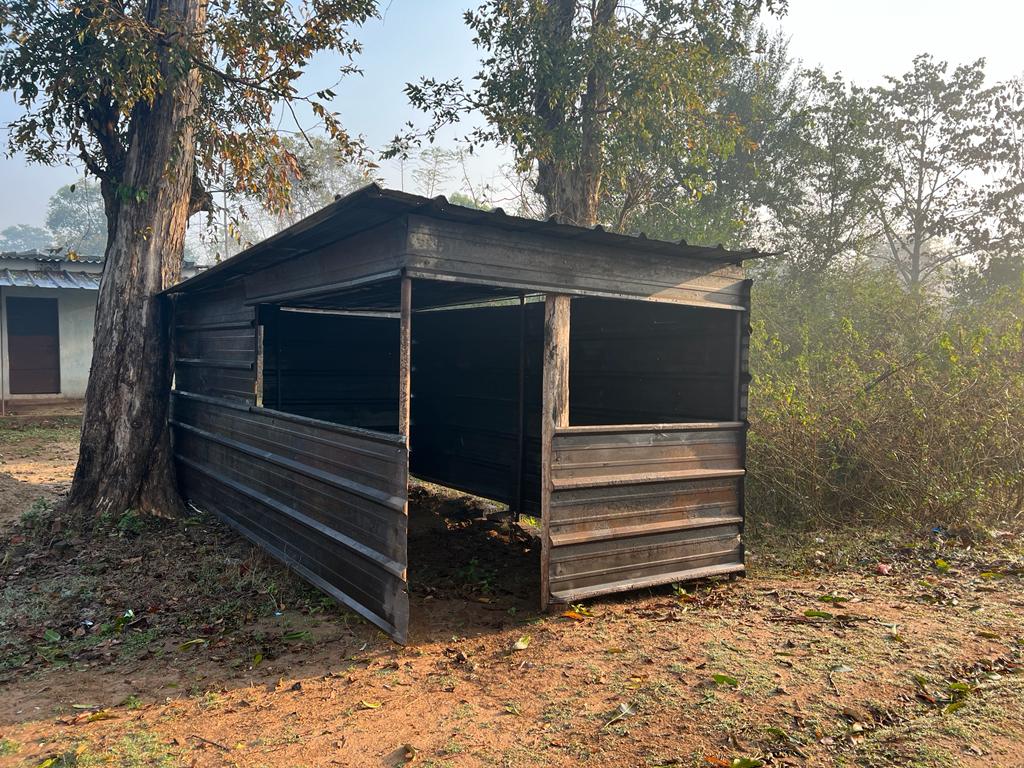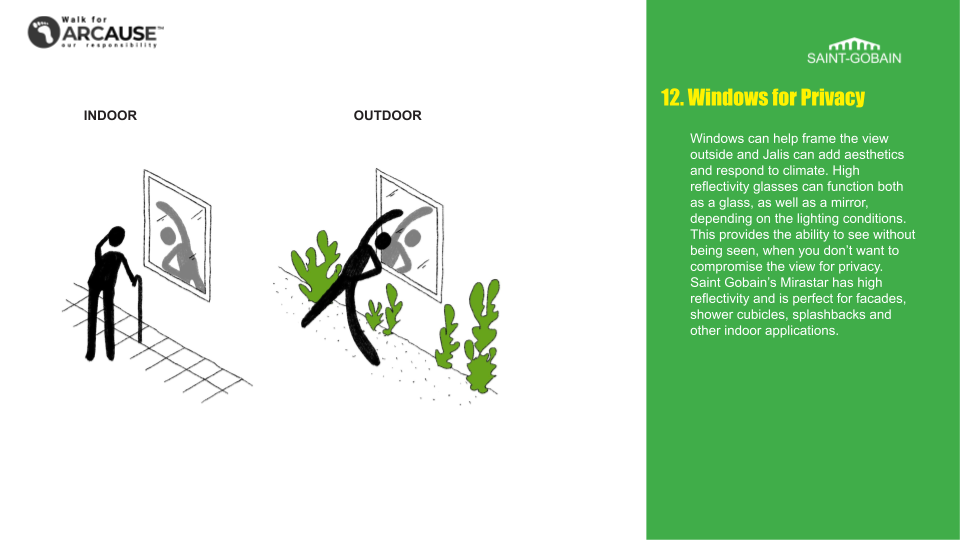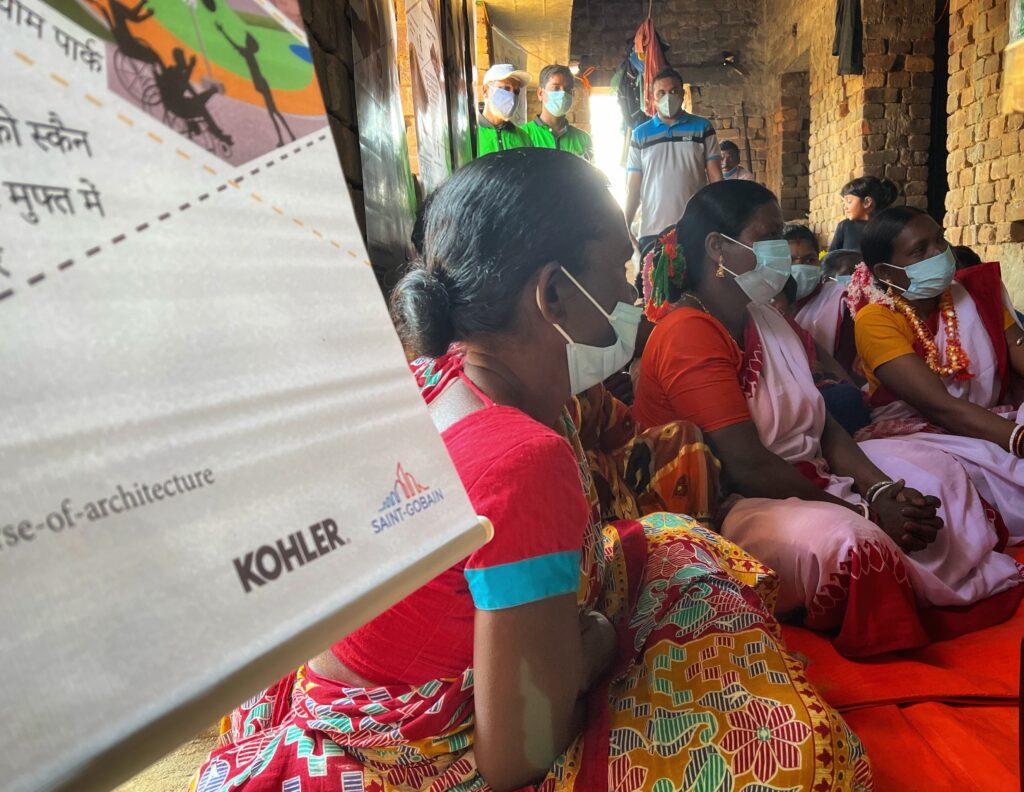Looking through fenestrations
A blog on Saint-Gobain
Along the journey of Walk for Arcause, there were many different types of buildings that we came across. There were monuments, palaces, forts, vernacular houses, concrete buildings, etc. All of them had different types of openings and fenestrations that were a reflection of the climatic conditions of the area, construction techniques, material used, etc. There were large windows with glass, jaalis, arched openings, wooden windows, jharokha-like openings, and many more. These were also an important part of the discussion during several Mera Ghar sessions, as Ar. Gita explained the aspect of privacy, fenestrations, and the role of openings in buildings. It was noted that in several buildings, glass has an important role to play in the fenestration for obvious reasons. Historically, glass has played a vital role in the design of fenestrations.






Today, there are a variety of glass types available in the market that have different purposes. Saint-Gobain is a reputable brand that deals with the manufacturing of various types of glass that can be used in fenestrations, partitions, etc. It provides over eight types of glass, based on the texture, manufacturing process, colours, etc. Some of these are: lacquered glass, frosted glass, etched glass, stained glass, tinted glass, cold-fusion glass, mirror and many other expressions of glass.

Each of the listed glass varieties has a different purpose, and is usable in different scenarios. The frosted glass for example, is most commonly used in spaces such as bathrooms, as partitions where privacy is required. The frosted glass allows light to enter spaces but allows for privacy. It enhances security while providing for a well-lit space. More than a decorative technique, sandblasting is a practical solution intended for privacy. It also reduces the appearance of fingerprints and smudges on the glass thereby leaving it clean. It also repels dirt, etc and is a common choice for shower cubicles, doors in public buildings such as shopping malls due to its ease of maintenance. Glass is frosted using the Sandblasting technique. Sandblasting gives the glass a milky white appearance thereby making it translucent. Sand- blasted glass is usually rougher than etched glass. The process involves blasting the surface of the Float glass using fine particles of grit, propelled at an extremely high velocity. These particles cover the glass thus rendering it milky white.
Etched glass is a type of glass that is more decorative and can be used in places where privacy is not a concern. It is made by acid etching one side of float glass. A abrasive resistant material is fixed onto the glass that would undergo etching and it is bombarded by abrasive that is powered by an air compressor. The part of the glass covered by the abrasive resistant material does not undergo etching and remains clear. Etched glass has a variety of application in the interior and exterior of buildings and is highly suitable for use in indoor partitions, railings, shower enclosures, doors.
Another type of glass is the lacquered glass. Lacquer is a clear or a pigmented coating that is deposited onto one side of the glass. This is a highly durable material which is easy to maintain and helps in resisting the glass against damage. Lacquered glass is used in various public and residential buildings. Pigmented Lacquer gives the glass a glossy and coloured look and is a very frequent choice in the interiors of public buildings. Stained glass is another type of coloured glass. Originally invented by Loius Comfort Tiffany, one of the most reputed stained-glass artists, this glass type is used mainly in decorative lighting fixtures and decorative windows.
Saint-Gobain mirrors are manufactured with a multi-level treatment process, that make them unique in their appearance. Mirrors can help transform spaces. They reflect light, and help the room appear bigger. In public buildings they can add depth to the building and in certain places such as clothing stores, salons they are an essential work tool. Saint-Gobain mirrors have low VOC and formaldehyde levels hence are eco-freindly. In addition, they are designed for precision and reflect every detail with great accuracy.
In conclusion, there is a large variety of glass types available and each is unique due to its distinct manufacturing process. The glass manufactured by Saint-Gobain is extremely strong unique in its appearance and long lasting. Established when the palace of Versailles was constructed, Saint-Gobain has come a long way to be an internationally reputed brand. It was established in India in the year 1996 and its glass operations in India were initiated in the year 2000. The first float glass plant was set up in Chennai in Sriperumbudur. The World Glass Complex is one of the largest investments by the Saint-Gobain group at one given location. With innovative manufacturing processes and great product quality Saint-Gobain glass has a bright future in India.
With over six formal sessions and five informal sessions so far the Walk for Arcause initiative has been able to reach out to over 200 people and converse with them to spread awareness on the Saint-Gobain Glass types.

